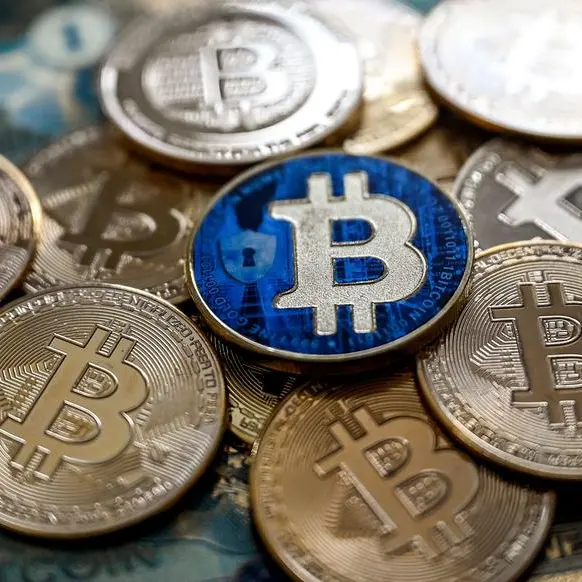PHOTO
SINGAPORE: The Australian and New Zealand dollars scaled multi-month peaks on Wednesday while the yuan hit its strongest level in more than a year, as China's aggressive stimulus package provided the latest shot in the arm for risk appetite.
The Aussie peaked at $0.6907 in the early Asian session, its highest since February 2023, while the kiwi rose to a nine-month top of $0.6353, with both currencies extending their rallies from the previous session.
The Australian dollar later pared some of its gains after data on Wednesday showed domestic consumer prices slowed to a three-year low in August, while core inflation hit its lowest since early 2022. It was last 0.06% lower at $0.6888.
Markets globally were basking in the afterglow of China's latest slew of support measures announced on Tuesday ranging from outsized rate cuts to aid for its stock market, in a move that encouraged investors.
In line with its broad easing measures, the People's Bank of China on Wednesday also lowered the cost of its medium-term loans to banks to 2.00% from 2.30%.
The onshore yuan rose to a 16-month top of 7.0012 per dollar and likewise for its offshore unit, which peaked at 6.9952 per dollar.
"Judging by the financial market reaction, those announcements were actually bigger than market expectations," said Carol Kong, a currency strategist at Commonwealth Bank of Australia, noting they particularly benefited currencies with strong links to the Chinese economy like the Australian and New Zealand dollars.
"The kiwi dollar was actually the outperformer amongst its G10 peers, and I think it's because market participants think that the measures announced yesterday are supportive of consumer demand and therefore it's usually a good sign for demand for New Zealand's dairy exports," she said.
Elsewhere, sterling advanced 0.1% to trade at $1.3430, a level not seen since March 2022. It drew additional support from less aggressive expectations of rate cuts from the Bank of England this year as compared to the Federal Reserve.
The dollar - a traditional safe-haven currency - meanwhile came under pressure on the back of the buoyant risk appetite, with growing bets of another outsized U.S. rate cut in November adding to headwinds for the greenback.
Markets are now pricing in a 58% chance of a 50-basis-point rate cut at the Fed's next policy meeting, up from just 29% a week ago, according to the CME FedWatch tool.
Data on Tuesday showed U.S. consumer confidence unexpectedly fell in September, amid mounting worries over the health of the labour market.
"Consumers remain downbeat on the economy," economists at Wells Fargo said in a note.
"While we expect there are a number of reasons households are growing more pessimistic, the moderating labor market remains top of mind."
Against a basket of currencies, the dollar last stood at 100.30, languishing near a more than one-year low of 100.21.
The dollar index had fallen more than 0.5% in the previous session, its largest one-day percentage fall in a month.
The yen was steady at 143.36 per dollar, while the euro gained 0.08% to $1.1189, hovering near a 13-month high hit last month.
(Reporting by Rae Wee; Editing by Jamie Freed)























